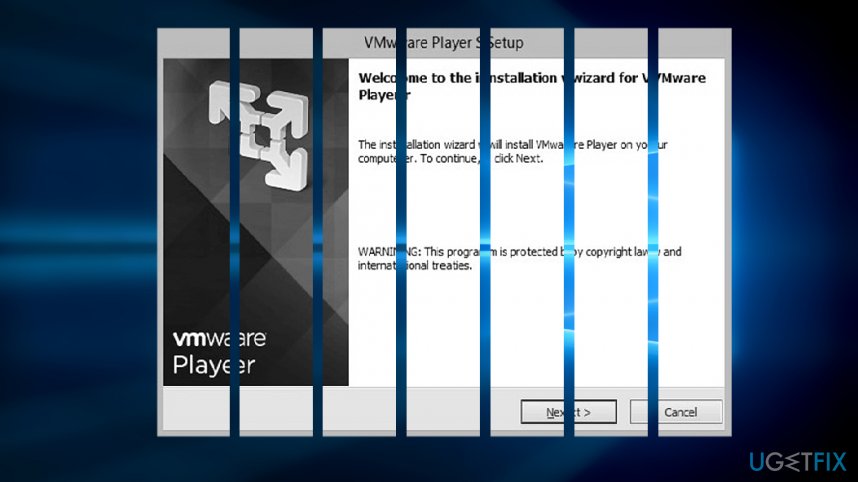

Note: When you create the new virtual machine through the wizard, provide the name, folder, resources, and storage, then select the latest hardware version 19 (ESXi 7.0 U2 and later). With a default key provider set, adding a Trusted Platform Module to virtual machines is now enabled (see figure 2).įigure 2: Adding a new Trusted Platform Module to the virtual machine

If you are not using an external KMS, the existing key provider can be used by clicking SET AS DEFAULT (see figure 1).įigure 1: Setting the Google-managed key provider as default Google recommends using either the Google-managed default key provider or an external KMS for production environments. You will see the Google key provider named kmip- on this screen. (An hour should be enough time to make the necessary changes.)Īfter logging out of and back into the vSphere client with the elevated privileges, navigate to Hosts and Clusters > Select the top-level vCenter name > Configure > Key providers. To set the Google key provider as default, the privileges must first be elevated. This is the same key provider vSAN uses for data-at-rest encryption (DARE) in the environment, so it can also be conveniently used for vTPM. By default, each Google Cloud VMware Engine private cloud uses a highly available Google-managed key provider within vCenter. The first step in the process is to set the default key provider to enable vTPM modules to be added to virtual machines. This article will help you get started with enabling vTPM 2.0 in your Google Cloud VMware Engine private cloud and give you the additional settings for creating a Windows 11 virtual machine template. Most notable is Microsoft Windows 11, in which TPM was made a system requirement for installation to help increase security against firmware attacks. This new ability allows administrators to add a Trusted Platform Module device to virtual machines that require specific software security capabilities. Last month, Google formally announced that vTPM 2.0 is now supported within Google Cloud VMware Engine.


 0 kommentar(er)
0 kommentar(er)
